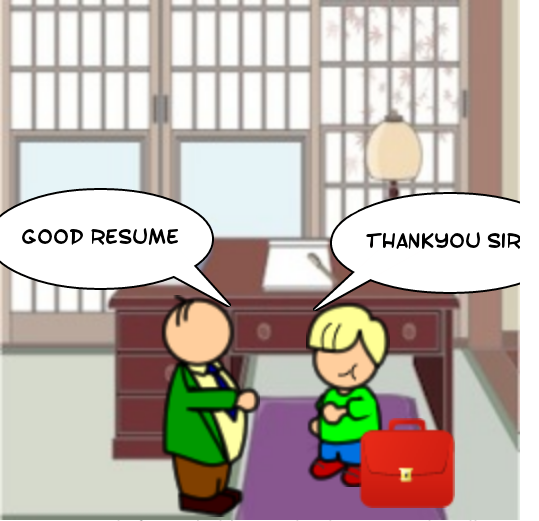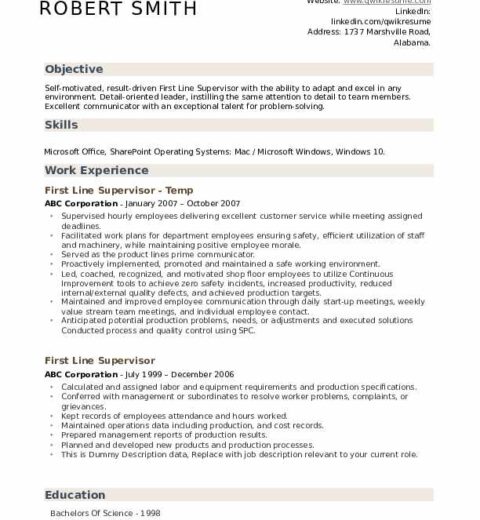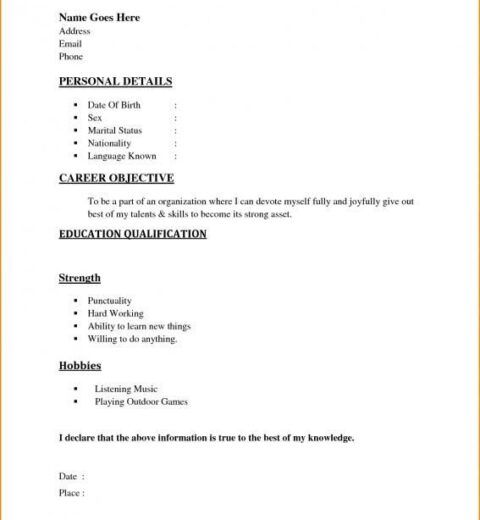Entering the job market without prior employment can feel daunting. Many individuals find themselves grappling with the paradox of needing experience to obtain a job yet lacking the experience to even begin their professional journey. However, creating a compelling resume for your first job is not merely an exercise in listing qualifications; it is an opportunity to showcase your unique potential. This article will illuminate the essentials of crafting a resume that not only highlights your strengths but also captures the attention of potential employers.
The first step in creating an effective resume is to understand its fundamental components. A resume is typically divided into several sections: contact information, objective statement, education, skills, and any relevant experience. While it may seem counterintuitive, even those without job experience can leverage education, skills, and extracurricular activities to create a strong narrative.
1. Contact Information
Your contact information should be prominently displayed at the top of your resume. Include your full name, phone number, and a professional email address. Maintaining a simple, straightforward design helps to ensure this information is easily accessible. Additionally, consider including a LinkedIn profile if it is polished and up-to-date. This can impress employers by illustrating your willingness to engage in professional networking.
2. Objective Statement
The objective statement serves as the introductory summary of your aspirations. Here, you can articulate your career goals and your enthusiasm for the role you are applying for. A well-crafted objective is concise yet expressive. For instance, instead of merely stating, “I want to gain experience,” you might say, “Dedicated and eager recent graduate seeking to leverage a strong academic background in marketing and rigorous analytical skills to contribute to the innovative team at XYZ Company.” This shift from passive desire to active engagement can capture the attention of hiring managers.
3. Education
Your educational background should be the centerpiece of your resume when job experience is lacking. List your most recent education first, including the degree obtained, the institution, and graduation dates. If your GPA is commendable, include it to demonstrate your academic prowess. Furthermore, relevant coursework and projects can bolster this section. If you’ve completed projects that align with the job you’re applying for, provide brief descriptions to showcase your capabilities.
4. Skills
Identifying your skills is crucial, as they not only reflect your competencies but also align with the demands of the job. Categorize hard skills (like computer proficiency, languages, or specific software expertise) and soft skills (like communication, teamwork, or problem-solving). In an age where adaptability is prized, emphasizing your ability to learn quickly can be particularly appealing to employers. You can list skills with bullet points for a clean and digestible format, ensuring that they are relevant to the position for which you are applying.
5. Relevant Experience
When you lack formal job experience, you can substitute other forms of experience. This may include internships, volunteer work, or participatory roles in clubs and organizations. Each of these can be perceived as valuable contributions that demonstrate your initiative, commitment, and ability to work in a team. Elaborate on these experiences by detailing your responsibilities and achievements. What skills did you acquire? How did you contribute to the team? This introspection showcases maturity and thoughtfulness.
6. Extracurricular Activities
Incorporating extracurricular activities into your resume can serve to highlight your character and interests beyond academics. Include any leadership roles in clubs, sports, or community service organizations. Such activities illustrate your teamwork, leadership, dedication, and ability to manage responsibilities—traits that employers find attractive. Describing your role and the impact you had can convey a sense of narrative and personal growth.
7. Formatting and Length
The visual presentation of your resume is as vital as the content itself. Aim for a clean, professional design. Use ample white space for readability and a legible font. A one-page resume is standard for those entering the workforce, ensuring that details are concise and impactful. Utilize bullet points to break up dense text and draw attention to key information quickly. A polished resume does not only demonstrate professionalism but also your respect for the reader’s time.
8. Tailor Your Resume
Each job application is distinct, thus tailoring your resume to align with the specific job requirements is paramount. Carefully analyze the job description and utilize keywords that resonate with the company’s values and objectives. This will not only show your attention to detail but also ensure that your resume passes through Applicant Tracking Systems (ATS) that many companies employ. Make sure your application is a reflection of the company’s ethos, thus enhancing your candidacy.
9. Proofread
An often overlooked yet critical step in resume preparation is proofreading. Spelling or grammatical errors can project carelessness. Ask a mentor or friend to review your resume for clarity, cohesion, and professionalism. Fresh eyes can catch mistakes you might overlook and provide valuable feedback, reinforcing the quality of your presentation.
In conclusion, creating a resume without prior job experience necessitates a shift in perspective. Instead of perceiving a lack of experience as a limitation, consider it an opportunity to focus on your capabilities, education, and passion. Remember, every professional started somewhere. A well-structured resume can be your first step into the working world, inviting employers to see not just what you have done, but what you are capable of achieving.




